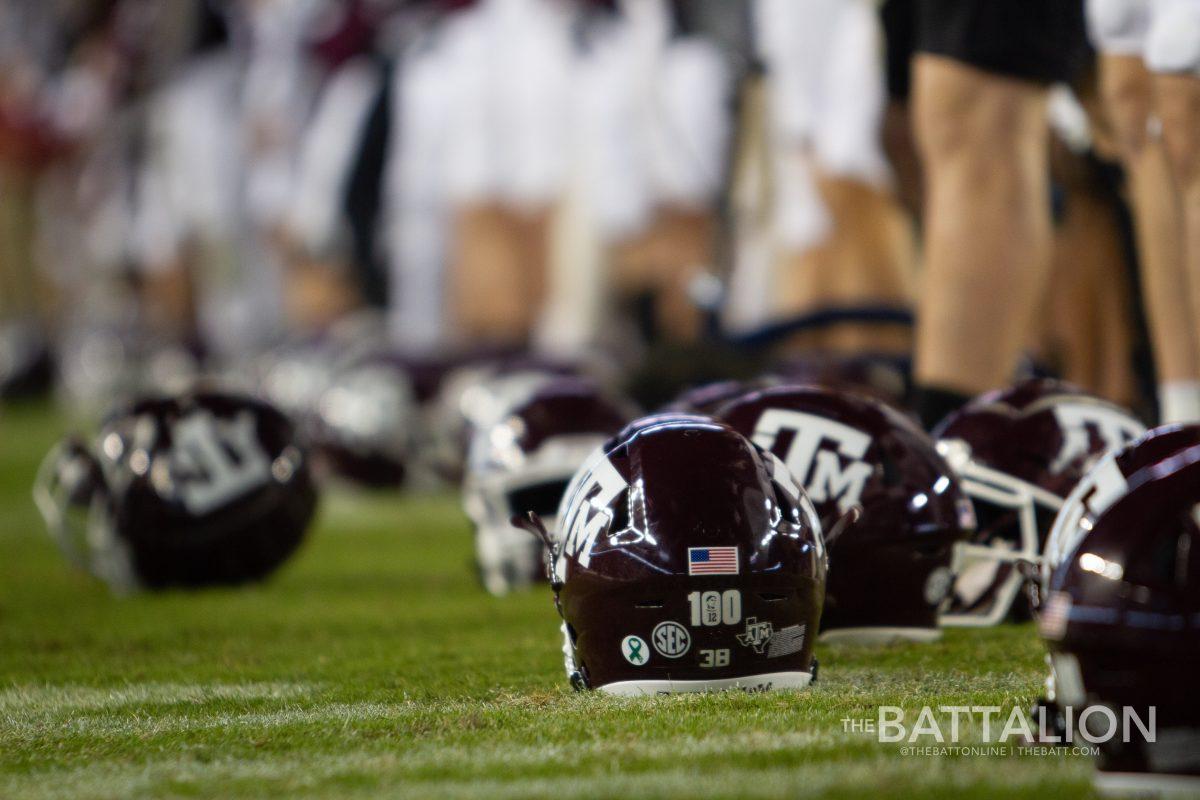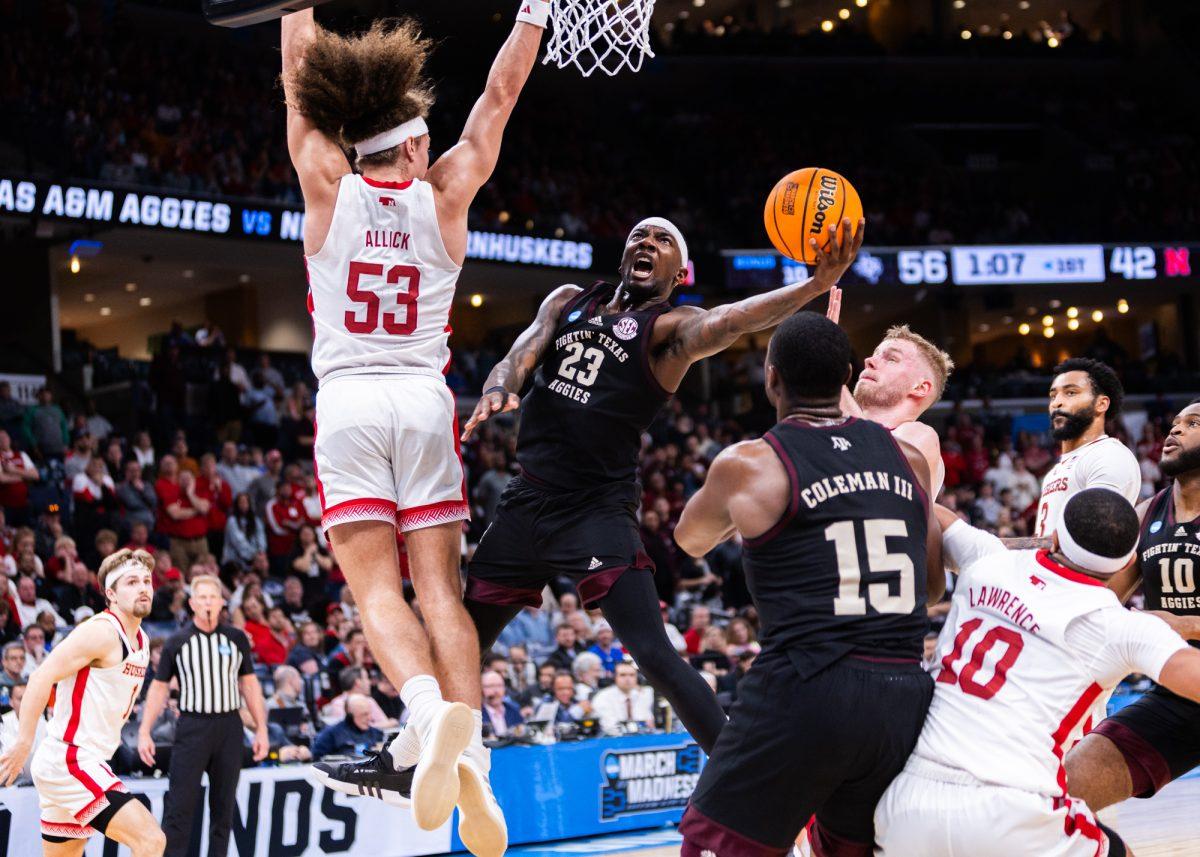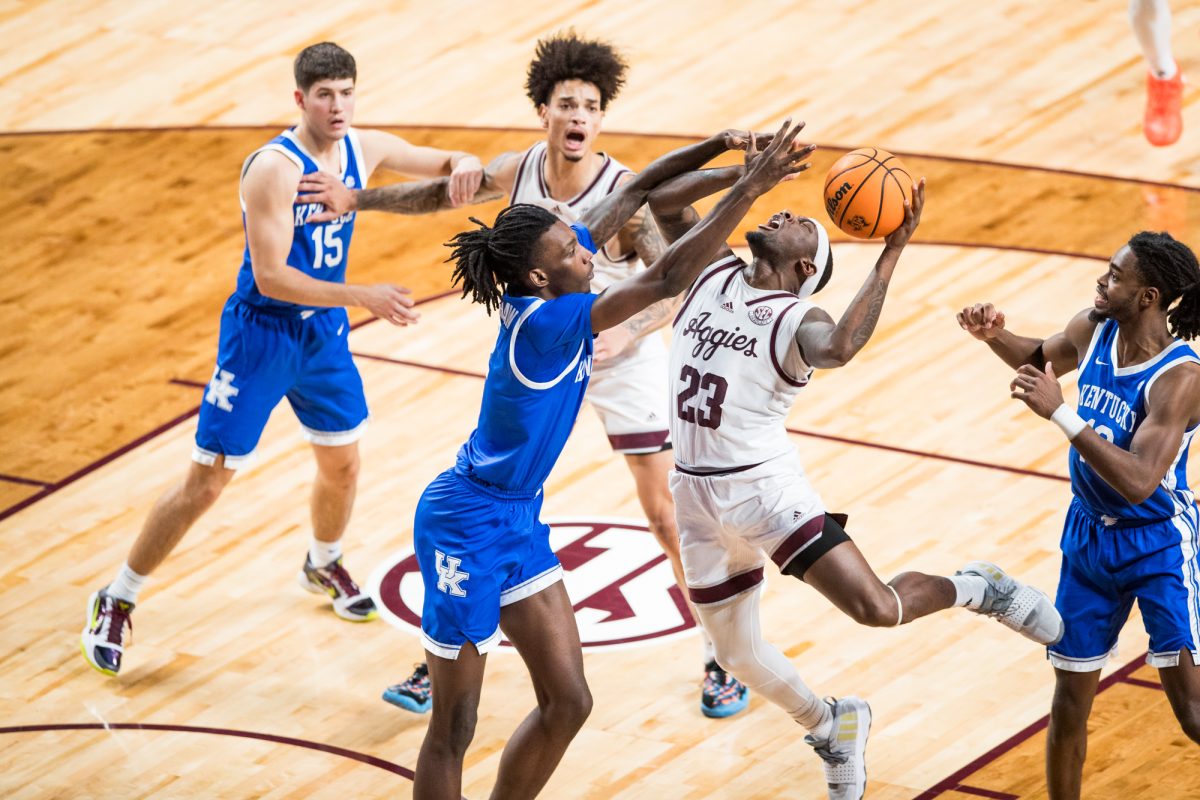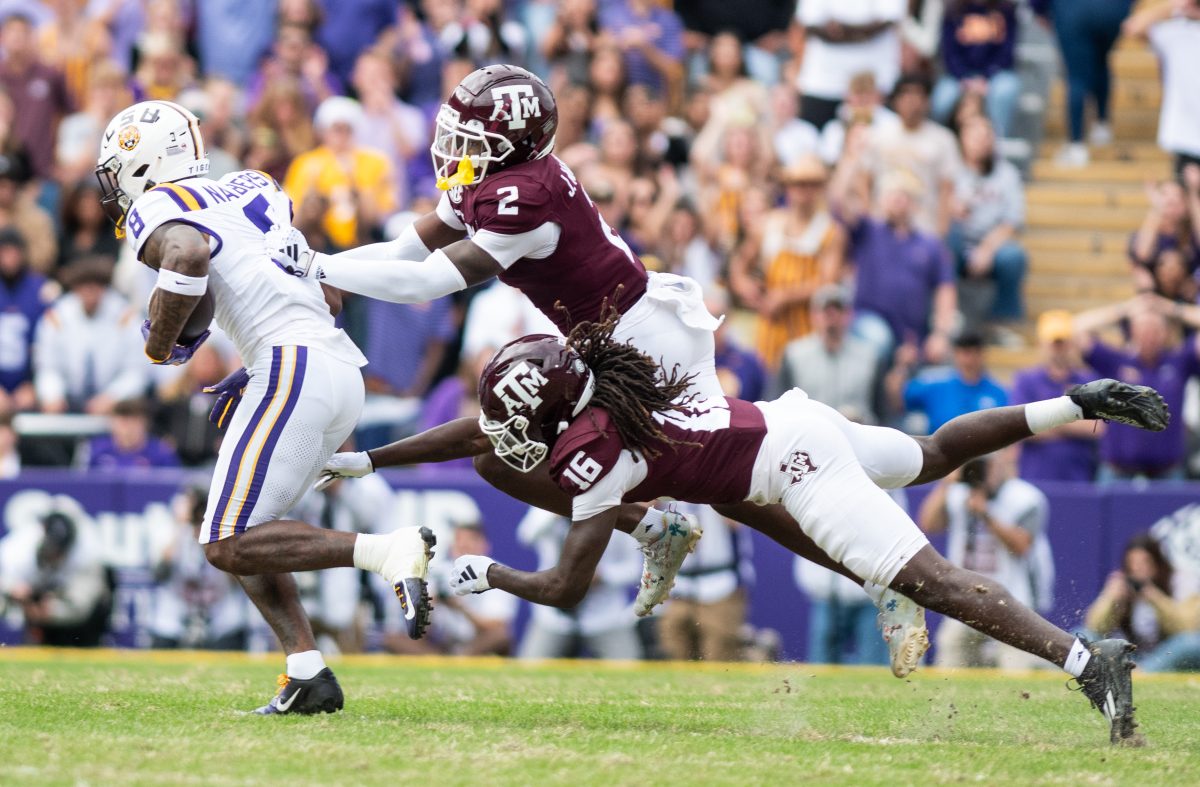I watched the first college football game of the 2021 season from my couch on Saturday, Aug. 28. I’ll do the same for the last game of the regular season, scheduled for the Dec. 11 matchup between Army and Navy. Trust me, there’s no better feeling than knowing how I’ll spend every Saturday for 3 ½ months of my life every year; it’s comforting and reminds me why I fell in love with college football in the first place.
Seeing athletes compete tirelessly all season while only given one bye week — one opportunity to rest and care for themselves — has the opposite effect.
At Texas A&M specifically, this couldn’t be more true. This season, the Aggies had to fight for eight weeks against some of the toughest opposition in the nation before taking one Saturday off. For context, A&M faced five SEC rivals — including then-No. 1 Alabama — and traveled over 3,750 miles during that time. That schedule is grueling, and it’s becoming increasingly obvious the situation is a bad set-up for A&M’s athletes, fans and football program.
Most obviously, going through an entire collegiate football campaign with only one weekend to rest is strenuous on the players’ bodies. Ligaments stretch, muscles tire and joints grind with every broken tackle, breakaway route or inelastic collision.
According to a study by the New England Journal of Medicine, playing football at a high level carries an inherent risk of brain damage, high blood pressure, psychological stressors like depression and other life-threatening conditions. I understand playing football is many of these athletes’ main priority in life. But first and foremost, they are people, and there is no justification for exposing them to inhuman levels of danger when implementing something as simple as an additional bye week could save a player’s life in the long-term scheme of things.
Having both experienced as a player and seen as a coach the “wear and tear” faced by college athletes, A&M head football coach Jimbo Fisher said he is also in favor of tweaking scheduling criteria to give players more time off.
“I’m telling you, eight weeks [without a break] is tough,” Fisher said. “I think college football needs two off-weeks, if you really want to take the kids into consideration. I really do.”
True, the National Football League gives each team only one bye over the course of its 18-week schedule, and many of A&M’s athletes have aspirations of playing professionally. But let’s not pretend football teams for the NFL and NCAA are anywhere near comparable. NFL players enjoy the benefits of some of the most comprehensive healing, relaxation and rehabilitation programs and facilities seen anywhere in the nation, entirely separate from their million-dollar contracts which provide the players with room for further luxuries.
Collegiate athletes, on the other hand, are given a limited time with their team’s respective trainers before being forced to fend for themselves. Though the $20.8 million invested in A&M’s Bright Football Complex over the last decade is a step in the right direction, there is still room to prioritize the well-being of the maroon and white’s football squad, especially when the NFL sets a clear standard in the industry.
And though professional athletes help showcase the vitality of healthiness and proper recuperation between games, it is important to keep in mind another aspect of college athletes’ lives: their status as students at A&M.
Every football player who suits up for the Aggies on a weekly basis does so while still attending classes, studying for tests, maintaining a social life and attempting to remain involved in other student organizations around campus. Regular college students struggle to balance these commitments without also practicing their respective sport for five days a week and travelling around the country to work in the high-stress environment of performing on a global stage. An extra bye week may not be enough to sufficiently lessen this workload, but it would be a good first step.
History has shown that implementing two off-weeks per season is an easily achievable feat, even at the college level. Team schedules, determined by the NCAA, are dependent on starting and finishing around Labor Day and Thanksgiving, respectively. Normally, this leaves 13 weeks to structure a team’s timetable and opponents. But every once in a while, the stars align perfectly, and Labor Day takes place earlier than usual in the same year in which Thanksgiving occurs later than is standard. This sets that year’s college football season at 14 weeks — one longer than seen in other campaigns.
Most recently, this phenomenon took place in 2019. A&M — like almost all other programs — had two bye weeks fit into its timeline. Some programs, like Florida and Miami, had three weeks off. This was one of three years in the last decade which has seen a 14-week college football season. And guess what? Other than athletes being given more rest throughout their seasons, nothing changed.
This realignment almost became permanent in 2017, when the NCAA’s legislative Division I Council informally proposed a “mandatory 14-week season” for all college football programs. Unfortunately, the bid never gained much traction and the project was ultimately left behind.
So we know giving each football team two bye weeks per year is not only feasible, but it’s also easily accomplishable and carries a historical precedent. With science showing the physical, mental and psychological benefits of allowing athletes to rest throughout their schedules, it would be selfish for those of us on the outside to wish for anything except lessened strain and stress on their behalf.
When playing at their best, the Aggies have the potential to compete as one of the best teams in the nation. For them to reach that level, though, they must be given time off to recover and prepare for the 12th Man’s next and most threatening opponent.
No rest for the weary
October 27, 2021
Photo by Photo by Robert O’Brien
Sports Editor Ryan Faulkner discusses why the NCAA should implement two bye weeks into football schedules.
Donate to The Battalion
Your donation will support the student journalists of Texas A&M University - College Station. Your contribution will allow us to purchase equipment and cover our annual website hosting costs.
























